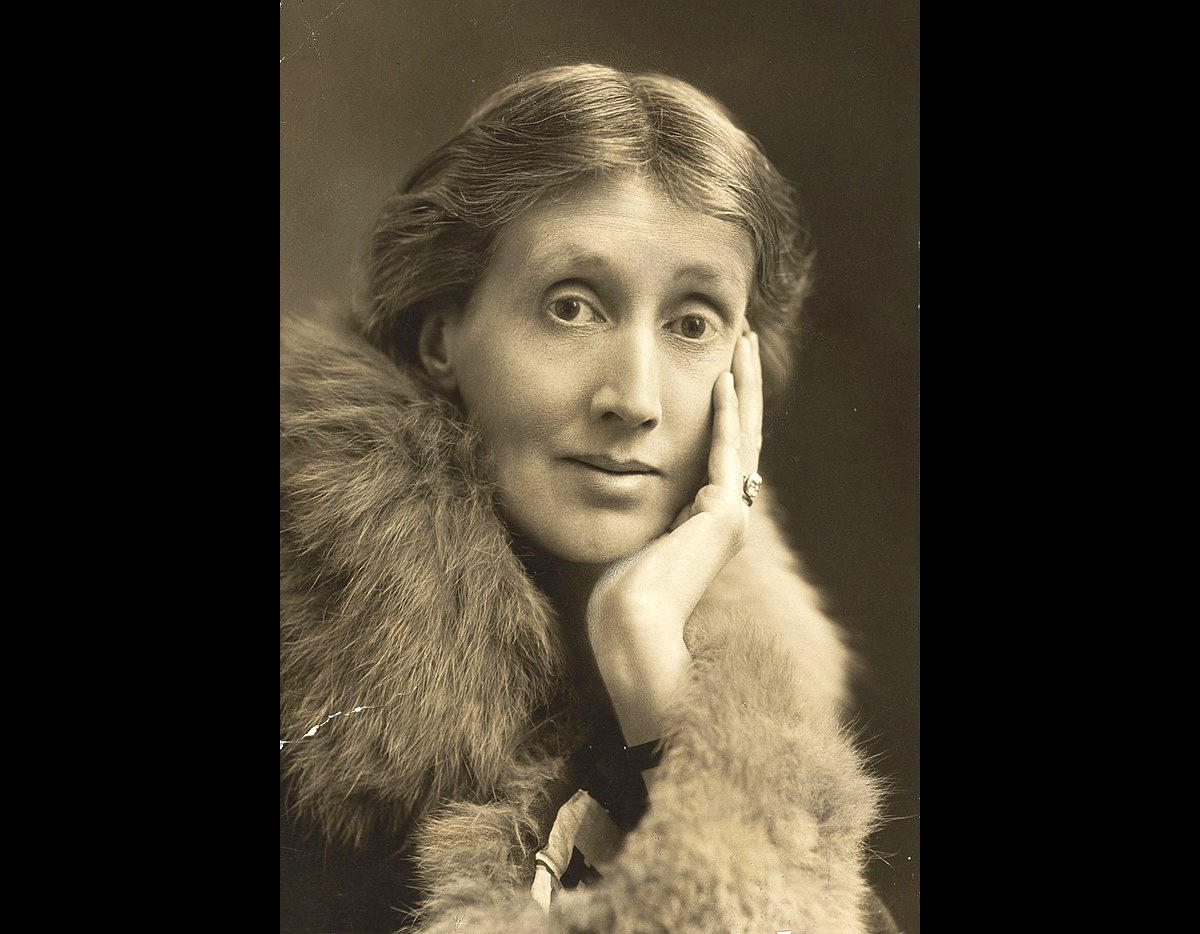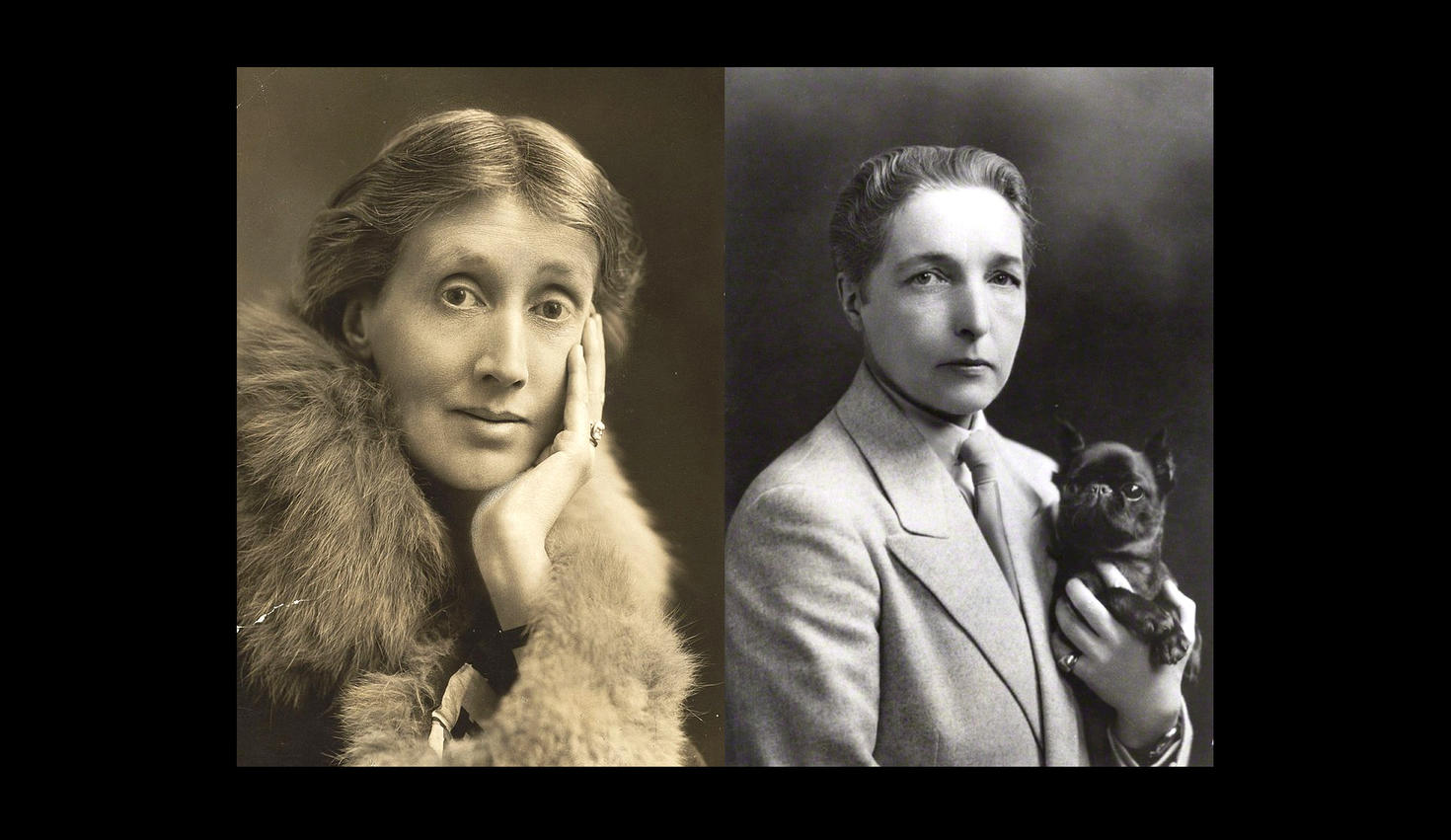Published in Britain within three months of one another, both novels take vastly different approaches to challenging gender conventions of the period, a fact which greatly influenced their public reception. While Woolf’s novel was celebrated as one of her grandest literary achievements, Hall’s novel was prosecuted for obscenity and subsequently banned by the British Crown. According to a 1928 letter from the Director of Public Prosecutions, The Well of Loneliness represented “a plea not only for toleration but for the recognition of sexual perversion amongst women,” and would therefore “tend to corrupt the minds of young persons if it fell into their hands.”1 First printings of Hall’s novel are thus exceptionally rare, given that the magistrate ordered publisher Jonathan Cape Ltd. to destroy all remaining copies2. On the other hand, Orlando was celebrated as “the longest and most charming love letter in literature,” and contemporary critics argue that Woolf’s novel “subverted censorship and revolutionized the politics of same-sex love.”3 Indeed, comparing the content and public reception of these novels can tell us a lot about which depictions of queer love were most threatening to British patriarchy in 1928.

Although lesbianism had become more widely tolerated in British society, The Well of Loneliness was the first novel to portray love between women as natural, and to claim lesbians as virtuous (though persecuted) members of British society. Hall’s novel tells the fictional story of Stephen Gordon, “a girl born out of her physical sphere” who struggles with her desire not only for romantic relationships with women, but also to present and live as a man4. Literary scholars have suggested that Stephen was inspired by Hall herself, who went by the name “John,” dressed in men’s clothes, and lived publicly with her partner, Una Troubridge. In fact, Hall often described herself as a “congenital invert,” a term she derived from physician Havelock Ellis’s concept of “sexual inversion,” which referred to those who “believed their gender role was opposite to their biological sex.”5 As such, some contemporary scholars suggest that Hall’s text is not in fact a lesbian novel, but rather a transgender novel, although this term was not yet in use at the time of its publication (neither, however, was the word “lesbian”).**
Notably, the first edition of The Well of Loneliness contains an introductory “appreciation” by Ellis, which argues for the social and scientific significance of Hall’s work. Of course, written in 1928, Hall’s book is far from a paragon of modern progressivism, a fact emphasized her negative portrayal of gay men and the “lower classes,” and by Ellis’s eugenicist philosophies. Nevertheless, Hall’s work garnered thousands of responses from others like her, who emphatically agreed with Stephen’s final plea, in the novel’s closing lines, to “Give us also the right to our existence.”6

While the novel initially received mixed reviews, moral panic surrounding The Well of Loneliness began with a scathing critique by Sunday Express editor James Douglas, who wrote that he “would rather give a healthy boy or a healthy girl a vial of prussic acid than this novel.”7 The magistrate and prosecutors at the trial, who in fact were long-time acquaintances of Douglas, expressed themselves in similarly hyperbolic fashion; when Hall and Jonathan Cape Ltd. tried to appeal the ban, judge Robert Wallace declared the book “more subtle, demoralizing, corrosive, corruptive, than anything that was ever written.”8 Perhaps surprisingly, however, The Well of Loneliness does not actually portray sexual relations between women, save for a single chaste kiss. The magistrate justified his decision by stating that Hall’s characters portrayed “horrible tendencies” for which they were not held responsible. According to author Marc E. Vargo, “the novel’s opponents…were not really perturbed because the book involved love between women. They were upset because its lesbians did not apologize for being gay, or, alternatively, did not come to a bad end…to the male centric power structure of post-Victorian society, the prospect that some women might get along quite well without men was perceived as an affront.”9
During The Well of Loneliness obscenity trials, many authors came forward to testify on the novel’s behalf, including the great Virginia Woolf herself. While Woolf, the elite authoress, described Hall’s middlebrow novel as a "pale tepid vapid book," she also extolled the dangers of censorship in a letter co-written with fellow literati E.M. Forster: “Novelists in England have now been forbidden to mention [lesbianism]… Although forbidden as a main theme, may it be alluded to, or ascribed to subsidiary characters? … Writers produce literature, and they cannot produce great literature until they have free minds. The free mind has access to all knowledge and speculation of its age, and nothing cramps it like a taboo.”10 While Woolf and her fellow writers were forbidden from testifying at the trial, Orlando, published only three months later, resulted in part from Woolf’s desire to mock and subvert British censorship laws.


In Woolf’s novel, a young hero named Orlando, born as a male nobleman, mysteriously changes genders at the age of 30, and lives the next 300 years as a woman without ageing. Throughout the story, Orlando dresses sometimes as a man, sometimes as a woman, and is possessed of similarly amorphous romantic interests. According to Leslie Kathleen Hankins, Orlando “plays an elaborate game of hide and seek with the reader and the censor,” rendering censorship both parodic and farcical.11 Woolf challenged social codes by demonstrating the constructed nature of gender, while simultaneously building in plausible deniability through her main character’s science fictional sex change. For example, Woolf mocks compulsory heterosexuality in the following passage: “As all Orlando’s loves had been women, now, through the culpable laggardry of the human frame to adapt itself to convention, though she herself was a woman, it was still a woman she loved.”12 Given the gendered conventions of the period, is this a depiction of lesbianism, or not?

In addition to this tale of censorship and subversion, Radclyffe Hall’s The Well of Loneliness and Virginia Woolf’s Orlando contain other themes relevant to Feminist History, Queer Studies, and Transgender Studies, and are thus indispensable additions to the University of Ottawa’s Rare Books Collection and Women’s Movement Archives.
If you would like the opportunity to view these rare novels, please contact [email protected] to set up an appointment time or visit our reading room Monday to Friday any time from 9 a.m. to 4:30 p.m.
**Content note: While some scholars of Radclyffe Hall refer to the author using they/them pronouns, the present blog post uses she/her pronouns to reflect historical conventions of the period. It is possible, however, that Hall would have chosen different pronouns had the option been available to her at the time.
1. “Well of loneliness.” The National Archives, https://www.nationalarchives.gov.uk/education/resources/twenties-britain-part-two/well-of-loneliness/
2. “The Obscenity Trial of Miss Radclyffe Hall’s novel, ‘The Well of Loneliness’ – 16 November 1928.” The British Newspaper Archives, https://blog.britishnewspaperarchive.co.uk/2013/11/15/the-obscenity-trial-of-miss-radclyffe-halls-novel-the-well-of-loneliness-16-november-1928/
3. Popova, Maria. “November 9, 1928: The Trial of Radclyffe Hall and Virginia Woolf’s Exquisite Case for the Freedom of Speech.” The Marginalian, https://www.themarginalian.org/2016/11/09/well-of-loneliness-trial-of-radclyffe-hall-virginia-woolf/
4. Hall, Radclyffe. The Well of Loneliness (London: Jonathan Cape, 1928), dust jacket.
5. Albanesi, Melanie. “The History and Legacy Surrounding "The Well of Loneliness," the First Lesbian Novel to Be Published in the United States and Britain.” PBS, https://www.pbs.org/wgbh/roadshow/stories/articles/2019/4/1/radclyffe-hall-well-of-loneliness-legacy
6. Hall, Radclyffe. The Well of Loneliness (London: Jonathan Cape, 1928), 511.
7. Vargo, Marc E. Scandal: Infamous Gay Controversies of the 20th Century (Routledge, 2003) 63.
8. Vargo, Scandal, 74.
9. Vargo, Scandal, 74-76.
10. Popova, “The Trial of Radclyffe Hall.”
11. Hankins, Leslie Kathleen. “Orlando: ‘A Precipice Marked V’ Between ‘A Miracle of Discretion’ and ‘Lovemaking Unbelievable: Indiscretions Incredible.’” Virginia Woolf: Lesbian Readings. Edited by Eileen Barrett and Patricia Kramer (New York: NYU Press, 1997), 181.
12. Qtd. In Hankins, “Orlando,” 181.
